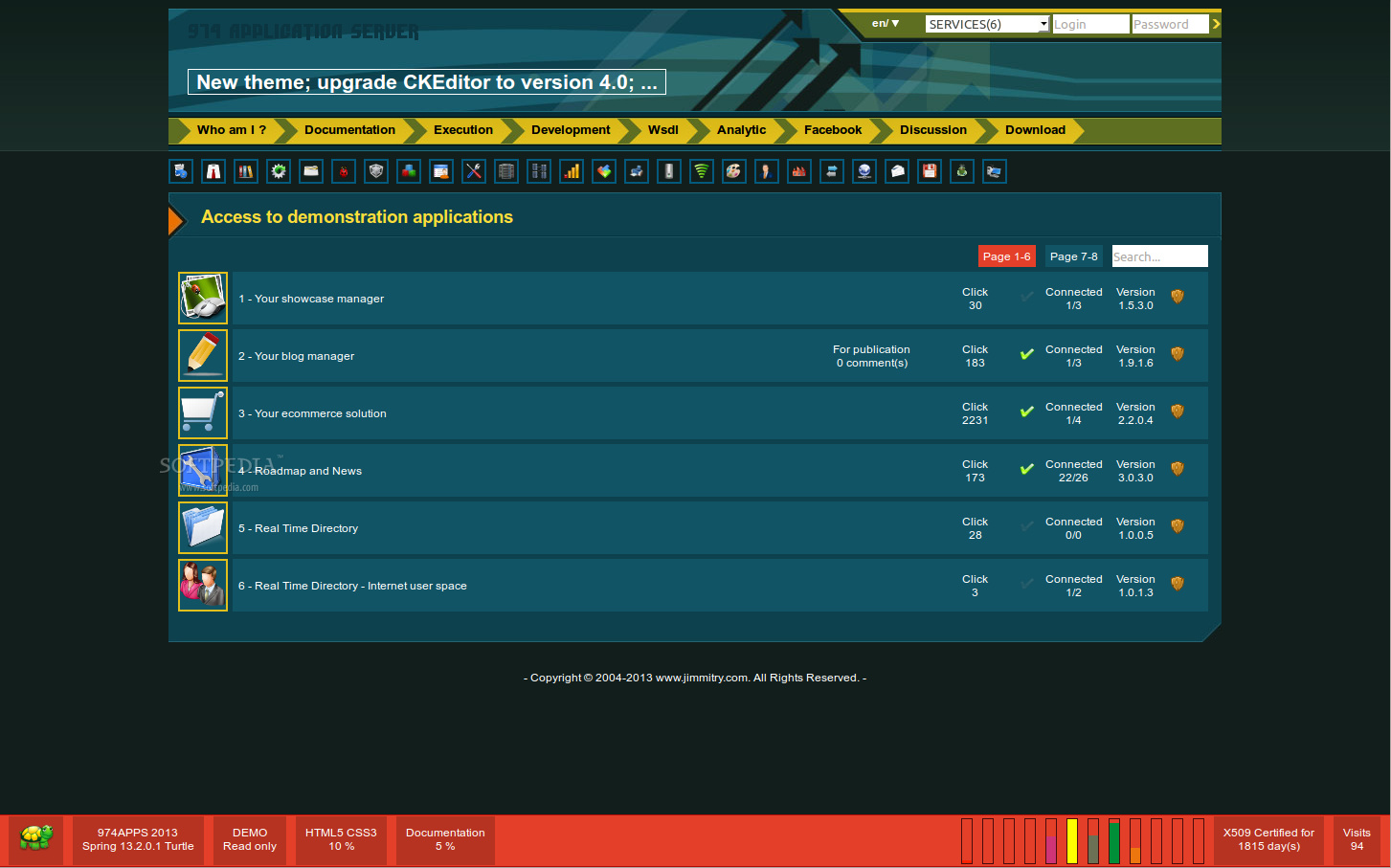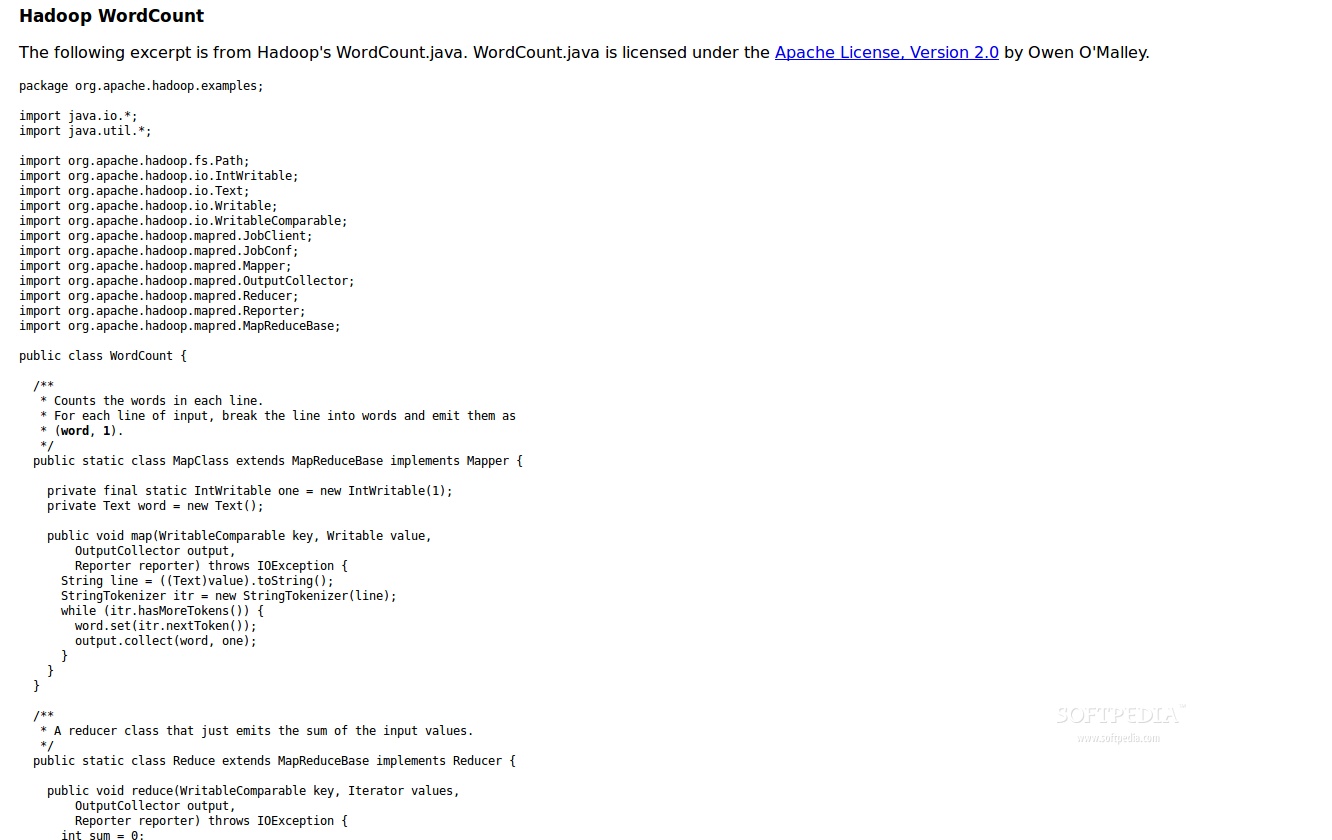SlaBuntuVMware is a useful installation suite for installing VMware Server on Slackware or Ubuntu.
The project automatically downloads packages from the VMware site.
Tested on Slackware 11. (Slackware 10.2 might not work - try)
Tested on Ubuntu Desktop Dapper Drake and Ubuntu Desktop Edgy.
IMPORTANT: this suite does not include the vmware server packs,
they are downloaded from the official VMware site.
You also need a server key for activating the product that you must
get (for free) from the VMware web-site (http://www.vmware.com/server/)
INSTALLATION (Slackware Linux) :
a) 1- The perfect setup for running vmware on Slackware is:
Slackware 11 (When you install the OS leave a big partion for your
virtual machines).
Using a good server with an hardware raid controller:
Suggested Partition Table (scsi disks, if ide hda):
/dev/sda1 swap (megs?gb? depends on your system)
/dev/sda2 / 10Gb
/dev/sda3 /home 2Gb
/dev/sda4 /vm (160 Gb the rest for your virtual machines)
You must do a normal install with X support but no KDE.
2- Dropline Gnome (http://www.droplinegnome.net)
It is suggested you run gnome on Slackware 11. Gnome is not
included in the distro cds, therefore you must download
Dropline Gnome.
3- Kernel 2.6.x (with the kernel sources into /usr/src/linux)
(Default Kernel 2.4.33.3 works perfectly though)
CAUTION: take a look on www.vmware.com for the
supported kernel 2.6 versions.
OR
- If you have problems building 2.6.x vmware kernel module, just use
the normal 2.4.33.3 kernel supplied with your slackware, or try the test26.s
or huge26.s supplied with your slackware cds.
b) - The base setup for running vmware on Slackware is:
1- Slackware 11
2- Kde(not tested can have problems with some libraries)
(if you do not want to Download and install Dropline Gnome)
3- Kernel 2.4.33 (with the kernel sources into /usr/src/linux)
Using a normal pc with no raid controller (so you should use linux
raid software):
Suggested Partition Table (scsi disks, if ide hda):
/dev/md1 swap (megs?gb? depends on your system)
/dev/md2 / 10Gb
/dev/md3 /home 2Gb
/dev/md4 /vm (100 Gb? the rest for your virtual machines)
---------------------------------------------------------------------------
If you do not want to use Gnome or Kde go at the end of this file.
---------------------------------------------------------------------------
2) After making sure you have everything (including the kernel sources
inside /usr/src/linux) you can run:
3) as root ./setup.sh
4) follow the steps provided
(you can hit ENTER to most of the questions (90%)
4) provide the vmware free key when needed
(ask for it on the site http://www.vmware.com)
6) under an X session: Run the command "vmware" and Enjoy vmware!
INSTALLATION (Ubuntu Desktop, Alternate,NOT Server):
1) edit /etc/apt/sources.list and uncomment all the lines starting with deb
2) open a terminal (xterm) and type "sudo ./setup.sh"
3) follow the steps provided
(you can hit ENTER to most of the questions (90%)
4) provide the vmware free key when needed
(ask for it on the site http://www.vmware.com)
5) Run the command "vmware" and Enjoy vmware!
INSTALLATION ON UBUNTU SERVER
- Not tried yet, but you should at first download and install X11 and gnome
and then follow the steps provided for Ubuntu Desktop above.
IMPORTANT INFO:
- Remember that vmware server packs are downloaded from the official vmware
site and are property of the VMware Company: http://www.vmware.com/
- Remember that in order to use VMware you should accept the terms of the
VMware license that will be displayed during the installation process.
- Remember that in order to installa VMware you should ask the VMware
fellows for a key. Do this at the VMware site: http://www.vmware.com/
- To create virtual machines you should use the vmware console.
a) Run the command "vmware" and the vmware console starts up.
b) Then connect to localhost.
- After created a virtual machine to run it from the cmd line use:
bash# vmware-cmd vmname.vmx start
Author: Lorenzo Allori
#####################################################
If you do not have Gnome or Kde you'll need the following:
#####################################################
- Slack with glibc and glibcsolibs installed. Make sure you
have X11 installed with a window manager.
Packages needed are:
glibc-2.3.6-i486-6.tgz
glibc-solibs-2.3.6-i486-6.tgz
kernel-source-2.4.33.3-noarch-1.tgz
x11-6.9.0-i486-11.tgz
x11-devel-6.9.0-i486-11.tgz
windowmaker-0.92.0-i486-1.tgz
You can find those on http://www.slackware.com.
Download them and to install those just type (as root):
# installpkg pkgname
When you have finished installing all the packages you need remember to run:
# ldconfig
- If you need a window manager you can install windowmaker:
# installpkg windowmaker-0.92-i486.tgz
# wmaker.inst
Software Details:
Version: 0.2
Upload Date: 2 Jun 15
Developer: Lorenzo Allori
Distribution Type: Freeware
Downloads: 7



Comments not found